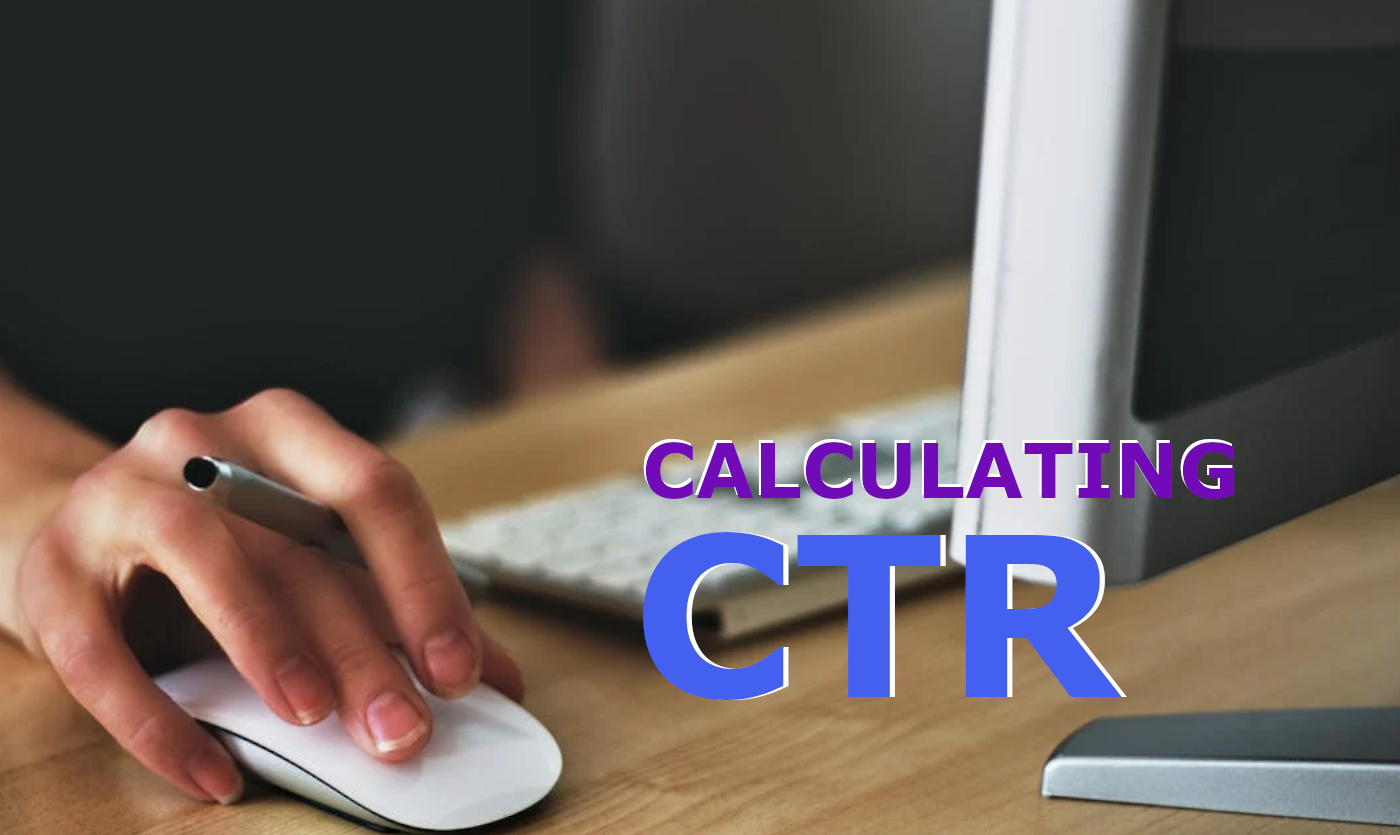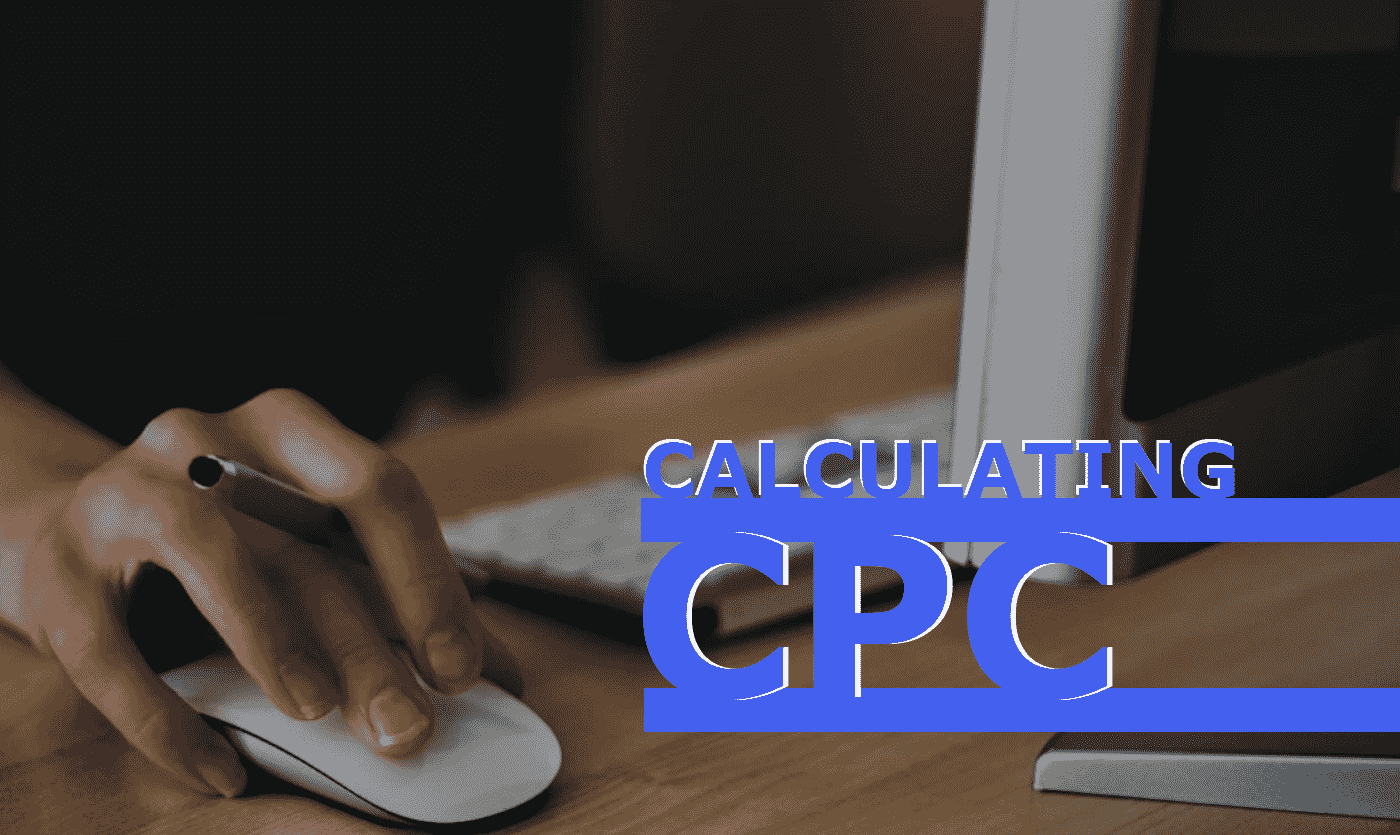How to Calculate CPM in Marketing – Cost Per Mille
Learn how to calculate CPM using this free marketing calculator. Cost Per Mille (CPM) is used by marketers to understand the cost of advertising spend.
CPM is used more frequently than the full version of the acronym (Cost Per Mille), but CPM is also frequently called Cost Per 1000 Impressions. In fact, this is used more routinely than Cost Per Mille.
Definition: Cost Per Mille (CPM) / Cost Per 1000 Impressions
Cost Per Mille (CPM) is calculated by first taking the sum of all advertising spend (Ad Spend). Next, sum all impressions across the campaign or advertising being measured (Impressions). Finally, calculate CPM by dividing Ad Spend by the total Impressions divided by 1000 to return the CPM. Generally, a low CPM is typically better, though there can be advantages to pursuing higher CPMs, such as higher yielding sales results.
Formula to Calculate CPM
To calculate CPM, sum all ad spend for the campaign or advertising being measured. (Call this Ad Spend.)
Next, sum all impressions for the particular campaign, ad placement, or whatever is being measured. (Call this Impressions.)
Finally, divide Ad Spend in the numerator by the denominator of Impressions divided by 1000. The final result is the Cost Per Mille (CPM). It is typically represented as a currency figure, such as dollars and cents per 1000 impressions.
CPM Formula and Example
CPM = Ad Spend / (Impressions /1000)
Example:
$3.33 CPM = $5.00 Ad Spend / (1500 Impressions / 1000)
In the above example, the advertiser has spent $5 in advertising for the measured advertising efforts, and 1500 impressions were able to be attributed back to the Ad Spend. In order to generate 1000 impressions, the brand could expect to pay $3.33 in similar scenarios.
How to Calculate CPM in Marketing
Why is CPM Important?
Understanding how to calculate CPM is important in marketing because it tells marketers how expensive their advertising efforts are. When CPMs are kept low, it allows a brand to deliver more impressions. This provides greater visibility and increases the chances users clicking.
The majority of digital advertising tends to be bought and sold using either CPC or CPM based bidding. This means advertisers will often use both these metrics to calculate pricing on campaigns. However, it’s uncommon that both would be used together.
Typically, an ad/impression will be sold using one of the two methods – rarely if ever both. Therefore, the two bid strategies tend to be a dimension used when analyzing ad types. CPM ads tend to perform differently than CPC based advertisements.
While CPC ad placements tend to have more lower funnel (buy-ready) customers, a brand isn’t likely to grow without brand recall. CPC ads tend to be used for placements where a user is searching or doing something otherwise suggesting intent or recall.
CPM based ads tend to cast a broader net. Therefore, while the customer might be less click ready, the ad can serve to more effective increase brand recognition, making CPC placements more effective over time.
How Do I Know If the CPM Is Competitive?
CPMs vary widely by industry, campaign strategy, audience, and more. The best way to understand and score good vs bad performance is to test and measure the outcomes. However, where that’s not feasible, it’s also often possible to look for industry benchmarks.
Unfortunately, this is another one of those: there is no right answer questions. A good CPM will vary. At times, paying a higher CPM in exchange for more targeted audiences might be the most effective/efficient move for the brand. However, if one knows how to calculate CPM in marketing, it’ll become much easier to answer.




